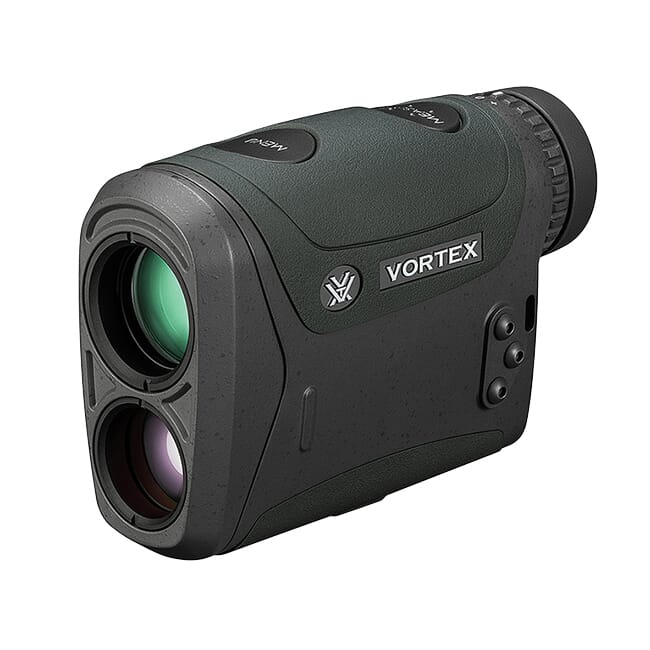I see Vortex has just released a new rangefinder.
Priced right. Just called and the beam divergence is 2.0x1.0
Why come out with a new rangefinder and have it already behind
some of the competition?
They should know that most will be ranging steel or some targets
at extended ranges, ( 600-1500 yds. )
Leica 2700 and 2800, the new Leupold 2800 have half that
I really like their products, but seems like a waste of time
in a already crowded market.

 www.eurooptic.com
www.eurooptic.com
Priced right. Just called and the beam divergence is 2.0x1.0
Why come out with a new rangefinder and have it already behind
some of the competition?
They should know that most will be ranging steel or some targets
at extended ranges, ( 600-1500 yds. )
Leica 2700 and 2800, the new Leupold 2800 have half that
I really like their products, but seems like a waste of time
in a already crowded market.

Vortex Razor HD 4000 Laser Rangefinder LRF250
Vortex Razor HD 4000 Laser Rangefinder LRF250 is the essential companion for the extreme hunter, archer and shooter. Get Vortex's VIP Warranty with this Vortex Razor HD 4000. Get Vortex optic for sale at Eurooptic.com. SHIPS FREE!

